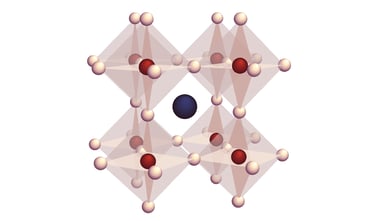The paper reveals that rare-earth element doped nanocrystals show both high brightness and stability when used for CCLEM bioimaging.
Technique known as correlative light and electron microscopy has been successfully applied in life sciences as it combines the power of fluorescence labelling and electron microscopy ultrastructural analysis. However, the strong mismatch between optical and electron imaging resolutions is still a limiting factor for the technique . A recent technique called (multi)color correlative cathodoluminescence electron microscopy (CCLEM) can be alternatively used for the imaging and analysis of biological samples. With cathodoluminescence generated by an electron beam, it is possible to obtain luminescence data with a much higher spatial spatial resolution than is attainable in a conventional optical microscope .
Since organic proteins and dyes are rather unstable under electron irradiation and produce low CL emission, the authors of the paper investigate various exogenous luminescent labels and their feasibility for photoluminescence and cathodoluminescence bioimaging setting. Compared to organic fluorophores and semiconductor quantum dots, two types of RE3+ doped nanocrystals (Y2O3:Tb3+ and YVO4:Bi3+,Eu3+) showed the best results in terms of emission stability and brightness. The cathodoluminescence maps acquired with the SPARC CL detector demonstrate the potential of green and orange-red RE3+ doped nanocrystals for CCLEM bioimaging. Cathodoluminescence also proves to be a powerful method for distinguishing nanoparticle labels from endogenous dense granules.
To read the previous research on Tb3+-doped LaF3 nanocrystals for CCLEM please check our news post here. You can find the full text of the article here.
.png)






